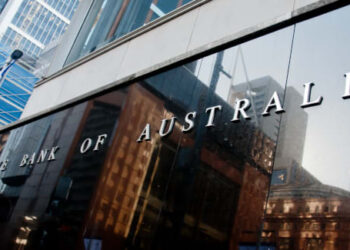Professor Holden believes that the RBA should embrace a policy of quantitative easing in order to improve Australia’s economic outlook.
“Cutting below zero percent doesn’t really work – people just hoard the cash,” said Professor Holden.
Professor Holden believes that the Australian economy has entered secular stagnation and that unconventional economic policy is now required to get us out.
“Annual GDP growth has fallen to 1.8 [per cent]. On a per capita basis we have had three consecutive quarters of negative growth. The last time that happened was during the drought and recession of 1982, almost four decades years ago,” said Professor Holden.
Holden suggests the RBA might also consider large tax cuts or a boost in government spending, both of which would put the surplus at risk.
“I suggest we forget about the surplus: it can wait,” said Professor Holden.
“There are bigger economic fish to fry.”
The comments come after RBA’s third interest rate cut of 2019, in which the bank slashed interest rates to a record low of 0.75 per cent.
Professor Holden said that the rate cut would help “a bit” but that the RBA should not take a potential boost in consumer spending for granted.
The RBA has previously indicated that it would consider quantitative easing if rate cuts did not improve Australia’s economic outlook.
The US Federal Reserve engaged in quantitative easing between 2009 and 2014 to help the US economy recover from the GFC.
If the RBA were to implement an equivalent program it would need to purchase $550 billion worth of assets – around 70 per cent of outstanding long-term government debt securities.







